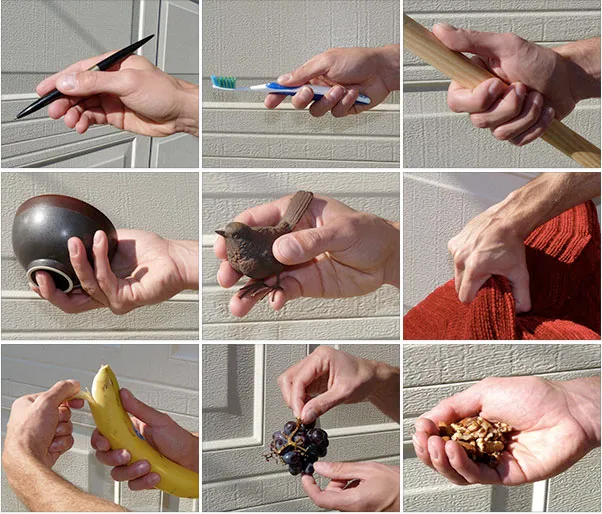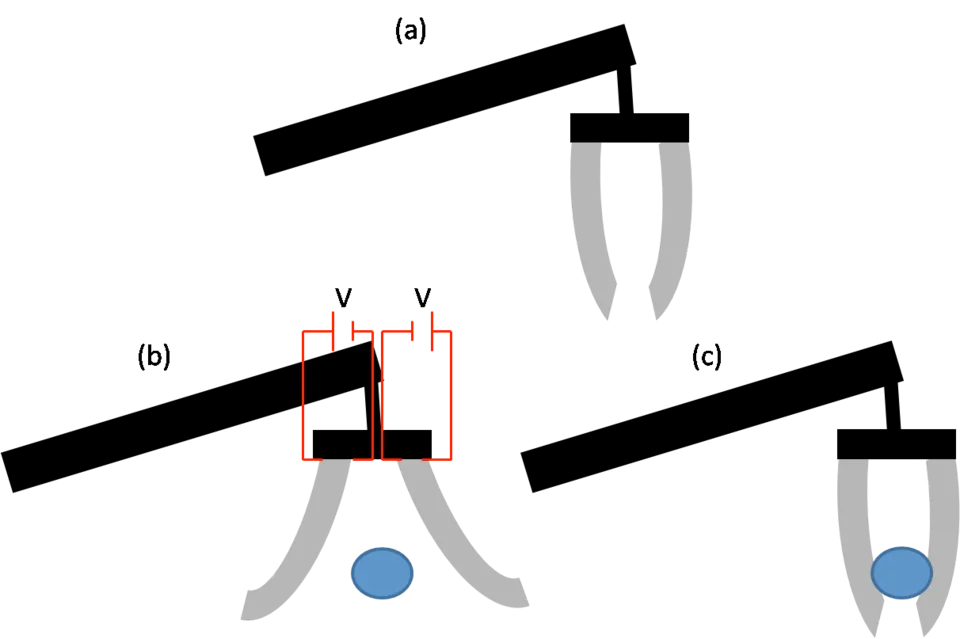https://worrydream.com/ABriefRantOnTheFutureOfInteractionDesign/
tom included this in the recommended reading for ipc_class-1.
bret talks about how future digital-devices don’t think about amplifying human capabilities, as a good tool must.
Pictures Under Glass is an interaction paradigm of permanent numbness. It’s a Novocaine drip to the wrist. It denies our hands what they do best. And yet, it’s the star player in every Vision Of The Future.
from the article.
he speaks about how interfaces for the future don’t make use of the dexterity of the human-body; hands being a primary example. all we can do on devices right now is tap & slide.

mentions the following as ‘smattered research in related areas’:
- haptics (applying forces, vibrations, motions to simulate an experience of ‘touch’ by giving feedback): https://en.wikipedia.org/wiki/Haptic_technology
- tangible interfaces (interact with digital information through physical objects): https://en.wikipedia.org/wiki/Tangible_user_interface; there is also a lab that explores this at the mit-media-lab: https://tangible.media.mit.edu/
- pneumatic displays (need to understand this more): https://www.chrisharrison.net/index.php/Research/PneumaticDisplays
- touchable holograms: https://scitechdaily.com/no-longer-science-fiction-scientists-develop-first-ever-touchable-3d-holograms/
- shape-memory alloy : https://en.wikipedia.org/wiki/Shape-memory_alloy
- electroactive polymer: https://en.wikipedia.org/wiki/Electroactive_polymer

people also commented on his ‘rant’, and he made a follow-up of responses: https://worrydream.com/ABriefRantOnTheFutureOfInteractionDesign/responses.html
i think the reading was so inspiring, but so overwhelming. there’s so much to learn, to stumble upon something that does it well. i worry about the way to do so — do i pick a zone? do i play and find a zone? is it not too late for that? what if i play, and not get anywhere? am i too early to focus?
this article shared by mimi is also related: https://drive.google.com/drive/folders/1cPo3n0YWy2_Urc5XIwUewzmg34994w9T
The human hand is a marvel of nature. No other creature on Earth, not even our closest primate relatives, has hands structured quite like ours, capable of such precise grasping and manipulation. But we’re doing less intricate hands-on work than we used to. A lot of modern life involves simple movements, such as tapping screens and pushing buttons, and some experts believe our shift away from more complex hand activities could have consequences for how we think and feel.